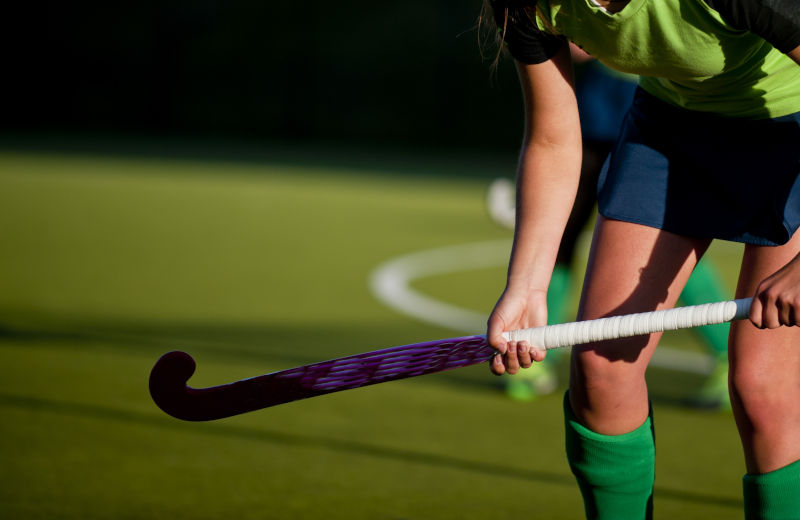Schmidt-Strahl GmbH
In der Loh 39
40668 Meerbusch
Phone: +49 (0)2150 7001 0
Mail: info@schmidt-strahl.de
Fast, faster, hockey: the fast pace of the game and the small ball are a great challenge for the players and place special demands on the floodlighting for a hockey field.
It’s very similar in baseball, where there is an additional distinction is made between infield and outfield: the action happens mainly in the infield, where the batter and catcher stand and play the decisive balls. The visual conditions in the infield must therefore be even better than in the less played outfield.

Hockey requires higher illuminance levels than other sports. And to ensure that the speed of the ball can always be correctly estimated, the uniformity of the floodlight also plays a special role: it should not fall below 0.7 (baseball: infield) in lighting classes I and II.
| Class | horizontal illuminance | GR | |
| E h,av lx | E h,min /E h,av | ||
| I | 500 | 0,7 | 50 |
| II | 300 | 0,7 | 50 |
| III | 200 | 0,7 | 55 |
Source: Lichtwissen 08, Fördergemeinschaft Gutes Licht
For a playing surface of 100 x 64 meters, 14 LED floodlights of type PSH-137 with 5,000 K (light color) and 1,200 watts are planned in the sample calculation. The light output is 168,000 lm (lumens). With a light point height (LPH) of 16 meters, a very high uniformity of the illumination is achieved, which has an illuminance of high 211 lx (lux) in the middle area.
Use our inquiry form or contact us directly:
Schmidt-Strahl GmbH
In der Loh 39
40668 Meerbusch
Phone: +49 (0)2150 7001 0
Mail: info@schmidt-strahl.de
Lighting class I
High-performance competitions, such as national and international competitions, which generally involve large numbers of spectators and long viewing distances. This class also includes high performance training.
Lighting class II
Intermediate level competitions, such as regional / local competitions, generally involving medium spectator numbers and medium viewing distances. Performance training should also be included in this class.
Lighting class III
Simple level competitions, such as local or small club competitions, generally without spectators, or school and recreational sports, and general training.